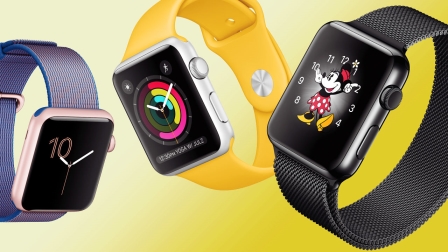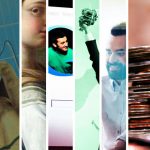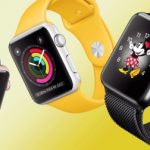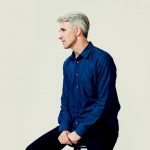What I Learned Working With Jony Ive’s Team On The Apple Watch
Meet Bob Messerschmidt.
Apple quietly acquired Messerschmidt’s startup in 2010 (after Messerschmidt sent Steve Jobs an unsolicited email, but that’s another story). Afterwards, Messerschmidt was placed on the Apple Watch team, where he led a group charged with architecting new sensor technologies for the device. The heart rate sensors on the Apple Watch we know today are the creation of Messerschmidt and his team. Because health and wellness are perhaps the main use cases for the Watch, Messerschmidt played a central role in the Watch’s overall design, and had regular interaction with the vaunted Industrial Design Group led by Jony Ive. Messerschmidt has since gone on to found his own company, Cor (which you’ll hear more about below). He agreed to talk to Fast Company about the lessons he learned about design, collaboration, secrecy, the Vision Thing, and the Apple Way during his three years at Apple. This is what he said, in his own words. Only minor edits were made, for clarity and continuity.
Lesson 1: How to work with Jony Ive’s Industrial Design Group
I was an architect. I was functioning in the role of developing candidate technologies that could go into such a product. My group and I were the people who saw basically first light of an idea. We would say “we think this is possible.” And then it would get deployed into teams of many, many more engineers with specific skill sets. They would try to productize it.
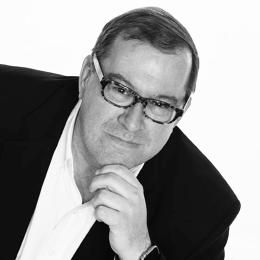
A lot of the early ideation of the Watch was, and had to be, about user experience. What are people going to do with this product and what makes it useful? It became the sort of thing where we had to be more creative as technologists because of what we were hearing about the user requirements.
I was responsible for doing the architecture of the heart rate sensors, so these are mine (points to the sensors on the underside of his Watch). It was not trivial to get these to work given the design constraints. That’s what’s kind of special.
One great example is [when] I went to a meeting and said I’m going to put sensors in the watch but I’m going to put them down here (he points to the underside of the Apple Watch band he’s wearing) because I can get a more accurate reading on the bottom of the wrist than I can get on the top of the wrist. They (the Industrial Design group) said very quickly that “that’s not the design trend; that’s not the fashion trend. We want to have interchangeable bands so we don’t want to have any sensors in the band.”
Then at the next meeting I would go “we can do it here (on top of the wrist) but it’s going to have to be kind of a tight band because we want really good contact between the sensors and the skin.” The answer from the design studio would be “No, that’s not how people wear watches; they wear them like really floppy on their wrist.” That creates a set of requirements that drives you toward new engineering solutions.
That’s kind of what we had to do. We had to listen to them. They are the voice of the user. There’s the whole field of Industrial Design that focuses on the use case, the user experience.
Engineers left in a vacuum might say “well, that’s maybe not so important; we can get a better signal by doing it the other way so let’s do it that way.” So, left to their own devices, that would be the way the product would end up. So you have to have a really strong voice supporting the user. I think the idea of focusing on that is uniquely Apple. In an optimistic sense you have to say that still exists at Apple. It does.
I’m so proud of my contribution to the heart rate sensor because it’s generally discussed as the most accurate sensor that Apple has ever put in a product. It had to be, because you look at the trials and tribulations of a company like Fitbit. Fitbit is great, don’t get me wrong, but they are wading through lawsuits right now about the accuracy of the heart rate sensor. They didn’t put enough thought into the use cases.
Lesson 2: “Delight” trumps “cutting edge”
At Apple I learned that design and user experience is everything when it comes to consumer products. It’s not so much the technology. It’s the design of the product that creates that sense of happiness in the user.
If you look at products like the iPhone or the iPad there aren’t too many totally new technologies included in those products. The real elegance and differentiation doesn’t have a lot to do with the technology idea itself; it’s about the packaging and the value add it gives to people. Those big (new technology) ideas generally happen elsewhere, and they happen earlier.
Virtual reality is a good example. Why hasn’t Apple jumped into VR? It’s because nobody really knows whether there’s really a “there” there. I don’t. Apple’s interested in products where everybody’s going to get some benefit out of it.
Remember all the hype around 3D television? It was going to be the next big thing in how we all view television. We were all going to wear these 3D glasses and there were movies being filmed in 3D. You had to change so much to make that a reality. And it was accompanied by a world of hype, like “This is the new thing happening now, this is the big thing for this Christmas” and all these new movies were going to be coming out, and nothing happened. Nobody bought into it. And Apple’s still on the sidelines with that one, just like VR.
Lesson 3: Everything is important, but not everything is equal
Good enough is not good enough. The product has to be right in every dimension otherwise it will fail. I remember at Apple some people kind of misunderstood. Some people learned the wrong lesson. I used to hear at Apple from engineers the distillation they got from Steve Jobs’s approach was that you have to pay attention to everything equally. If you have a development plan and there are a thousand different things to worry about some people would say you have to worry about those thousand things equally. That’s a complete bastardization of SJ’s approach. It’s not all equal. It has to be exactly right but there are some things that are more important, and that gravitates toward the user experience and the design aspect. It’s basically the process of someone using your product—it has to be delightful. (Although Messerschmidt told me he never heard Jobs use the word “delightful.”)
Lesson 4: Getting to “No”
Apple is a little bit different than other companies in the Valley. It can actually be a little frustrating at times because if you’re an engineer and you don’t get that—that design and product are really what matters, and elegance and beauty—if you’re a regular engineer who doesn’t get that it can be really frustrating. There are 12,000 engineers working at Apple just in Cupertino, so obviously there’s a lot of idea flow. So think about how many of those ideas get translated into products; it’s a very low ratio. So a lot of people get frustrated by that. You know: “I have the greatest idea in the world but people keep saying no to me.”
That was really the beauty of SJ [Steve Jobs]; it was the ability to say no, unless it was absolutely a blow-the-doors-off, knock-your-socks off product. That’s one of the things I learned: Say no until it’s just right.
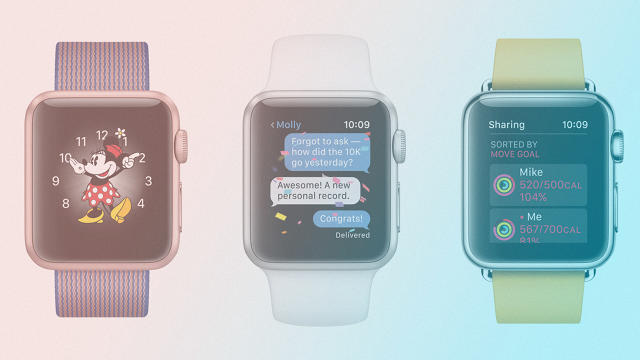
Lesson 5: Apple has gone too far with secrecy
There is really a contingent at Apple that has resorted to the tools of secrecy. SJ wanted secrecy for very specific reasons. He wanted to be able to make the big splash at the product announcement. And that’s almost as far as it went. There’s definitely a contingent at Apple that wants secrecy because it helps them maintain an empire, in a sense. It helps them create a sense that they’re doing more important things that they really are.
Lesson 6: Engineers vs. marketers
If you talk to an engineer at Apple they would say “we make all the decisions and marketing has no power.” And “there’s really no marketing at Apple,” they would say. Then there was this whole building, one of the Infinite Loop buildings, that was full of marketing people. And I thought “that’s interesting; I wonder what those guys do.” Then I would have meetings with some of the marketing people and they would say “You know it’s interesting; we make all the decisions at Apple—the engineers make none of the decisions at Apple.”
And you can attribute this to SJ, that he recognized engineers don’t get along with marketing people; marketing people don’t get along with engineers. They’re different mindsets, right? I don’t have any evidence of this, but I would like to think that he consciously set up that structure where there was very little interaction between marketing and engineering. Everything went up and back down through the central committee, through the E-team (executive team). So there was a structure that allowed both of them to think they were running the show.
And neither of them were getting listened to at the E-team level. They both had a really low batting average as far as getting ideas heard. And then every once in a while there would be this magic idea and there would be massive resources available instantly.
Lesson 7: Apple is structured like a startup
There were no business units at Apple. There was only one profit center. So what that means is there aren’t 10 different people trying to make some number—their revenue number or cost number or whatever the number is. That’s totally different (from other tech companies). So nobody has to compete for resources, really, because it’s all the same bucket of money.
Engineers were not necessarily too burdened with coming up with budgets. They’d just say what they wanted to do and the answer would come down. It was more modulated by the number of people you were able to add to the team, the head count. You would put in a requisition saying you want to hire five new people and then when the annual budget would come around it would say you’re going to get two new people. Or you’re going to get 10 new people; it could be even more than you were asking for.
Actually, when you think about a startup, a startup has that same structure. So Apple maybe figured out a way to be a big company but still behave a little bit like a startup. Because you don’t have different business units in a startup. Everyone is kind of answering to the same number.
If you went to Harvard Business School and said you’re going to operate a company with that much annual revenue with one profit center, they’d say “no, that’s not going to work” [laughs]. It flies in the face of what’s being taught at business schools, but it does work. It has worked. I believe in the structure. They [Apple] definitely have more turbulent times than they had before, but I believe the structure can allow them to succeed. I don’t think the alternative structure would work.
Lesson 8: You can’t bottle Jobs
There was an effort to encapsulate what it is that makes Apple Apple. It was after he knew he was going to be going. (Jobs died in 2011 of complications from pancreatic cancer.) There were a lot of people who were trying to distill that down. People were looking to encapsulate those lessons in order to train future executives. To some degree, if I were being cynical today—which maybe I am—I would say most of them missed the point. You want to think you can train people up to think that way, but I think that’s the biggest thing they get wrong. It’s not teachable.
You may remember that right after he died there was all this stuff about “can Apple go on?” Could anybody have the capacity to do that job (Jobs’s)? All I can say at this point is that the jury is still out, but so far I think the signs are kind of pointing to “No.” It’s definitely not the same place.
Messerschmidt left Apple after three years to start his own company, Cor, which makes a device that draws a tiny bit of the user’s blood, analyzes it, and delivers a battery of health information back. The device is now on Indiegogo.
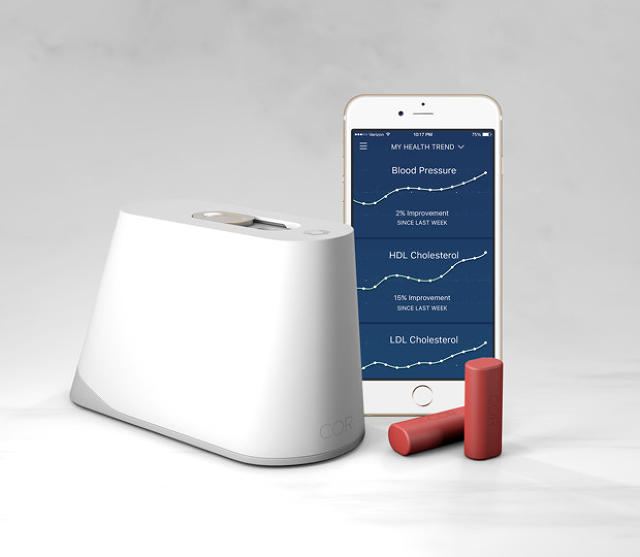
Read more stories from inside Tim Cook’s Apple:
- Playing The Long Game Inside Tim Cook’s Apple
- 9 Ways Tim Cook Has Transformed Apple
- Apple Music’s Bozoma Saint John: It’s About Passion, Not Algorithms
- Tim Cook On Apple’s Values, Mistakes, And Seeing Around Corners
- Why Cory Doctorow Thinks Apple’s Disappearing Headphone Jack Should Scare You
- The iPhone 7 Is Coming: Here’s Everything We’ve Heard So Far
- What I Learned Working With Jony Ive’s Team On The Apple Watch
- Four Reasons Why Betting Against Apple Is A Fool’s Game
Fast Company , Read Full Story
(34)

